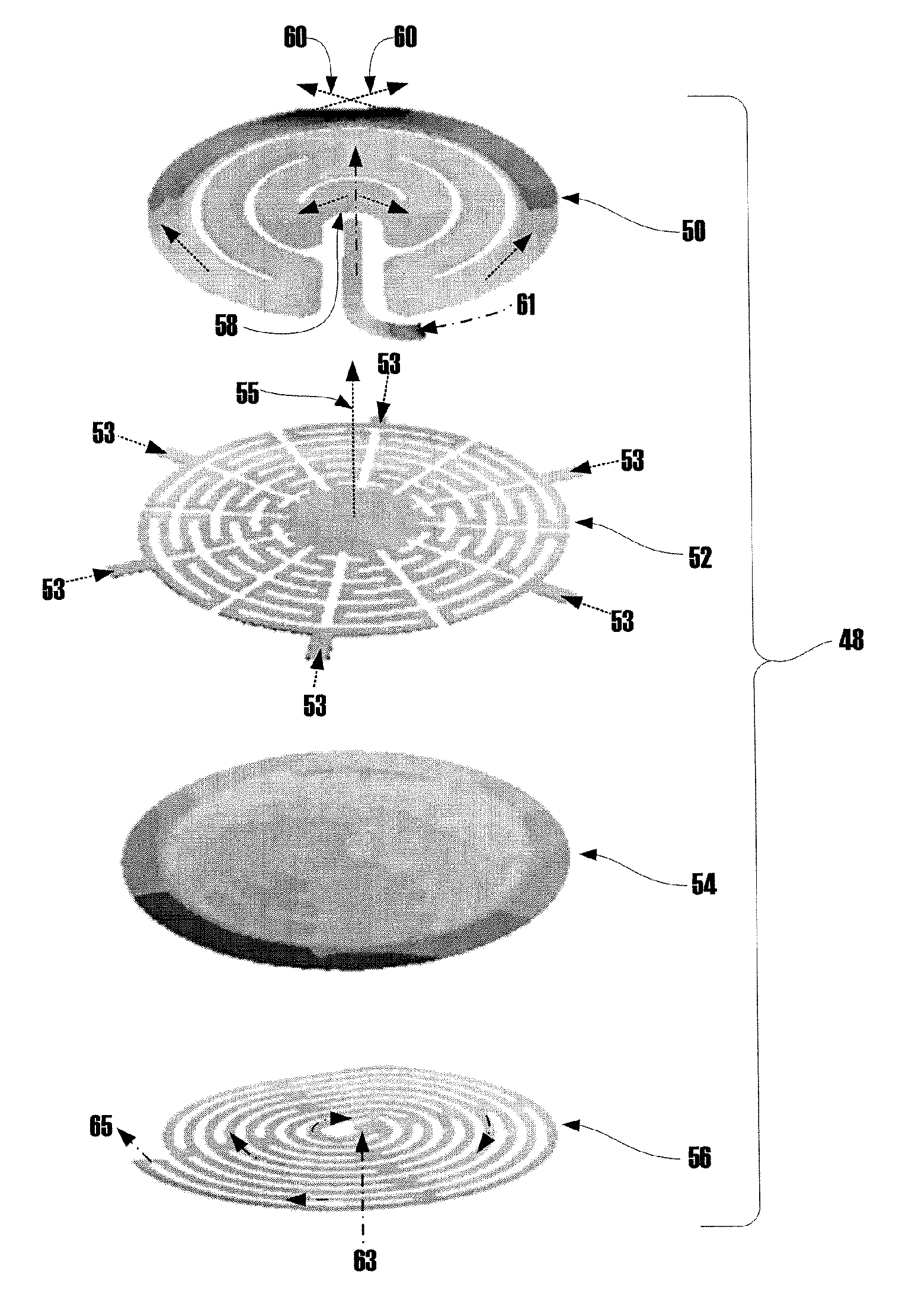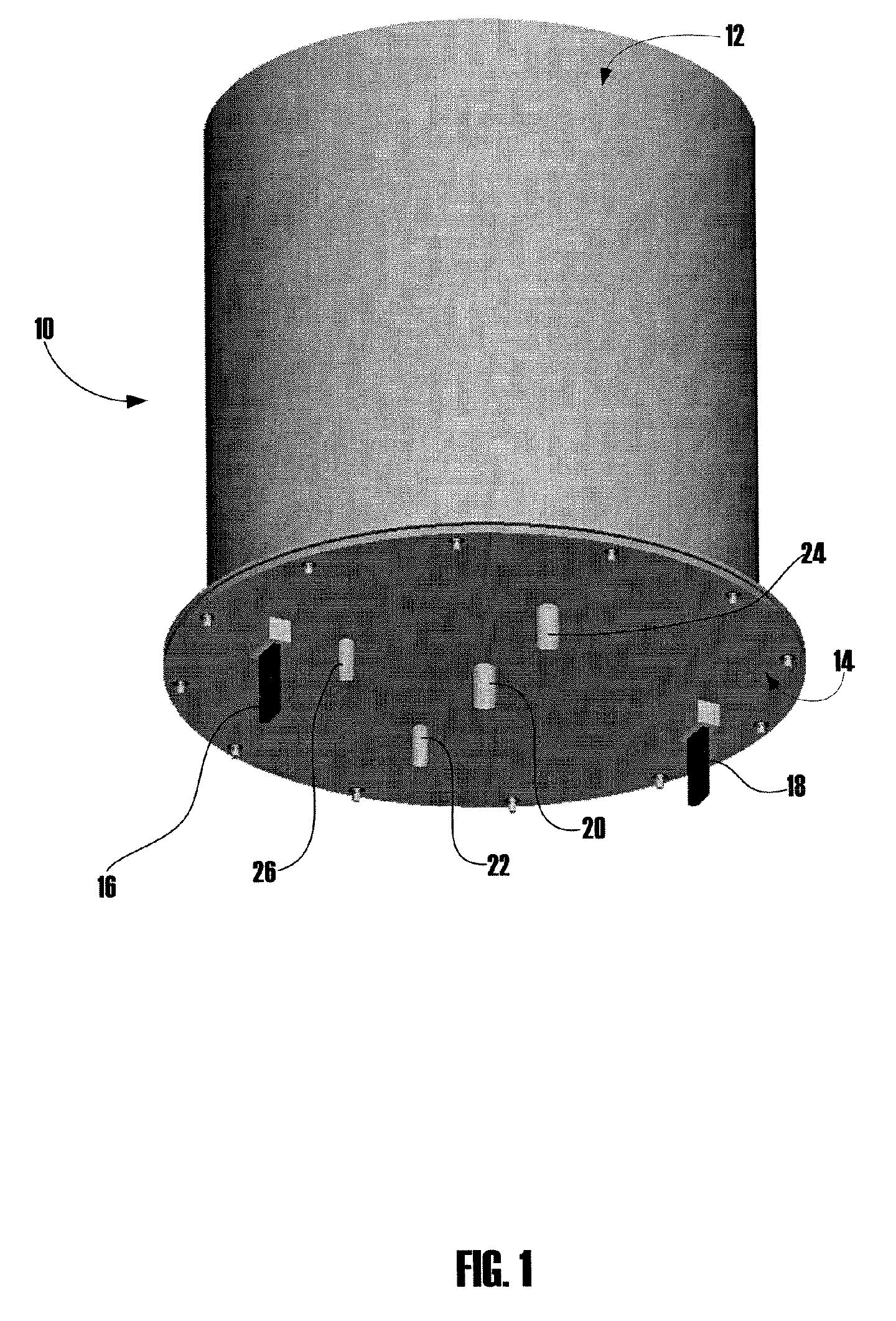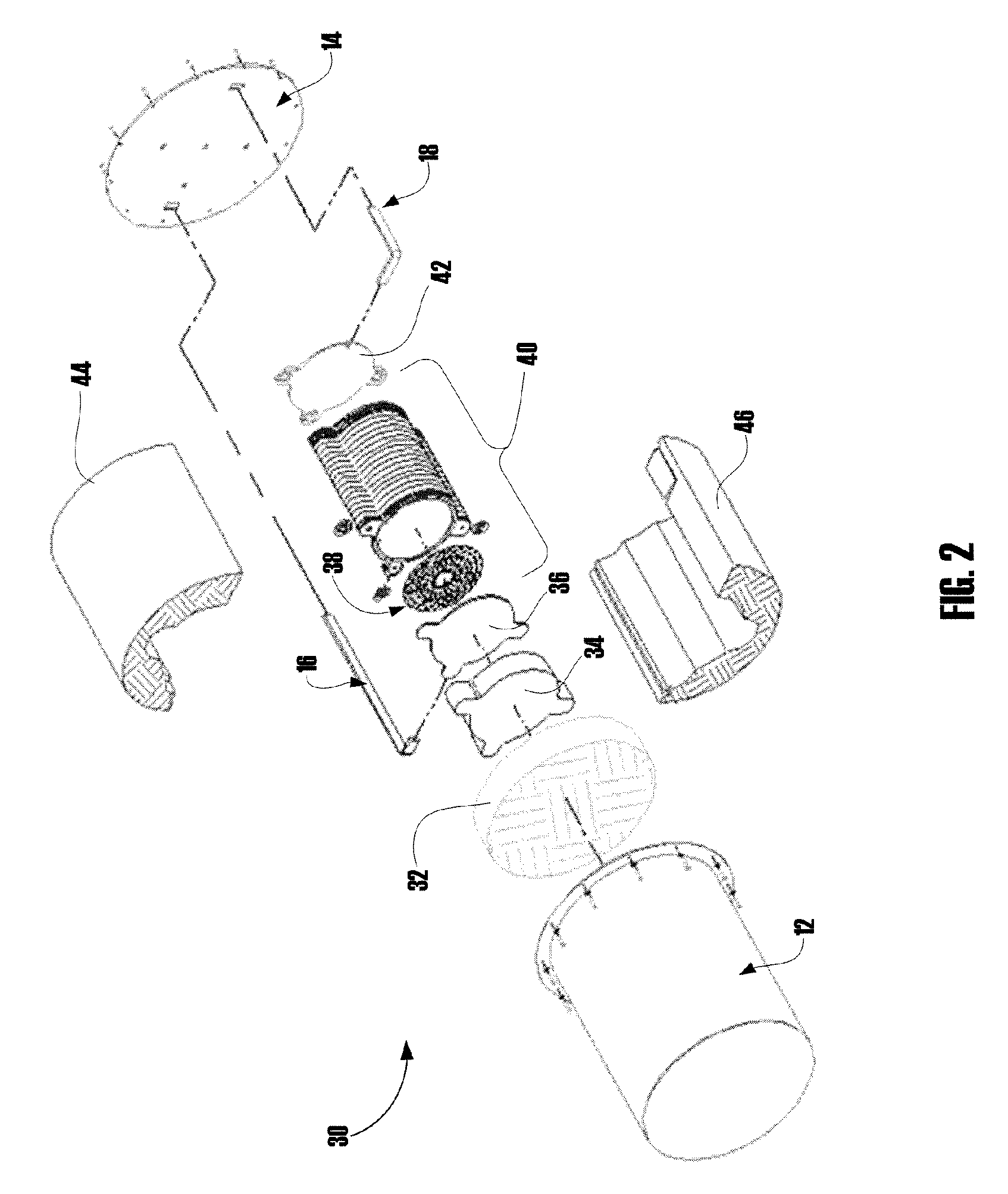Systems and Methods for Minimizing Temperature Differences and Gradients in Solid Oxide Fuel Cells
a technology of temperature difference and gradient, applied in the field of solid oxide fuel cells, can solve the problems of reduced cell life, carbon deposition, cell cracking, etc., and achieve the effects of reducing thermal stress, reducing internal reforming quenching effects, and increasing sofc cell li
- Summary
- Abstract
- Description
- Claims
- Application Information
AI Technical Summary
Benefits of technology
Problems solved by technology
Method used
Image
Examples
Embodiment Construction
[0019] The present inventions now will be described more fully hereinafter with reference to the accompanying drawings, in which some, but not all embodiments of the invention are shown. Indeed, these inventions may be embodied in many different forms and should not be construed as limited to the embodiments set forth herein; rather, these embodiments are provided so that this disclosure will satisfy applicable legal requirements. Like numbers refer to like elements throughout.
[0020]FIG. 1 shows an SOFC assembly 10 according to one embodiment of the present invention. The assembly 10 includes a large housing 12 that has plate 14 which is removably affixed to the underside of the housing 12 to seal the assembly 10. A positive power terminal 16, negative power terminal 18, fuel inlet 28, a spent fuel outlet 22, air inlet 24, and air outlet 20 project through the plate 14. The fuel and air inlets 28, 24 provide the air and fuel that are distributed to the anode and cathodes respective...
PUM
 Login to View More
Login to View More Abstract
Description
Claims
Application Information
 Login to View More
Login to View More - R&D
- Intellectual Property
- Life Sciences
- Materials
- Tech Scout
- Unparalleled Data Quality
- Higher Quality Content
- 60% Fewer Hallucinations
Browse by: Latest US Patents, China's latest patents, Technical Efficacy Thesaurus, Application Domain, Technology Topic, Popular Technical Reports.
© 2025 PatSnap. All rights reserved.Legal|Privacy policy|Modern Slavery Act Transparency Statement|Sitemap|About US| Contact US: help@patsnap.com



